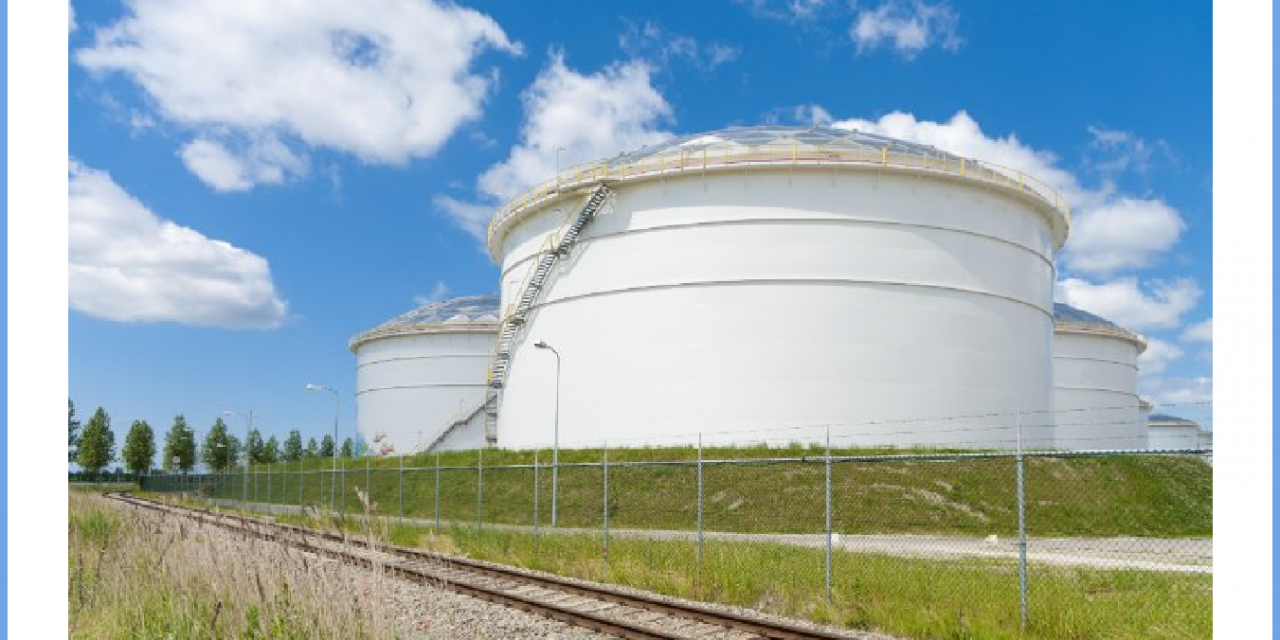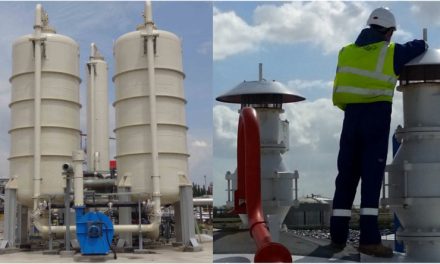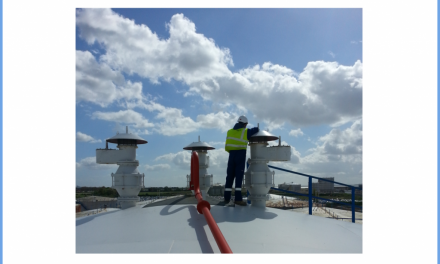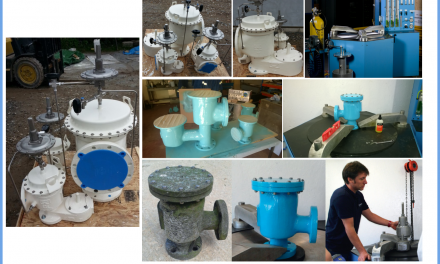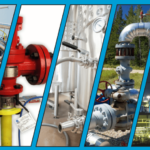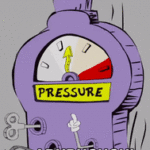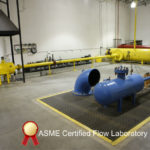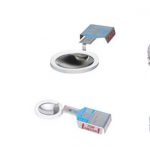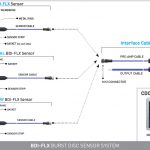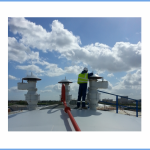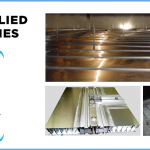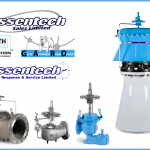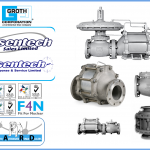Among the varied things we do Assentech specialises in the area of breather vent testing and calibration. The Health and Safety Executive and Environment Agency are both now bringing into focus a review of how operators manage their ageing plant in critical applications that operate under the Pressure Equipment Directive. This is set out in EEMUA 231 co-branded as SAFed IMG1.
Apart from meeting legislative compliance, control of emissions is increasing in importance and many companies are now striving to attain ISO 14001. But that is only the beginning. Compliance requires continual improvement so reducing emissions by making vents seal as good as they can, is a goal most operators can set as a mission goal which is relatively simple to achieve.
With 20 years of experience working for breather vent manufacturers and setting up vent service centres around the world, we have used our accumulated knowledge to develop an effective tank vent management philosophy. We have now set up a new company called Assentech Rapid Response and Service Ltd which is an independent organisation focused on breather vent calibration and testing. We work on all brands of vents and measure their performance against API2000 and ISO28300.
EEMUA 231 requires that tank vent maintenance in critical safety applications be reviewed by an independent and competent party. We operate as such an entity, starting with a review of the vent’s suitability for its application, ie. capacity, set point and design. Once this review is complete, we then work with the customer to establish a suitable maintenance regime that reflects the application requirements.
Breather vents have huge venting capacity so it’s not possible to measure set point dynamically using air flow. API2000 states that set point is the pressure which cannot be exceeded by 10% when flowing with an unspecified volume of air.
We have a comprehensive method to determine the set point of any manufacturer’s breather vent and this is scientifically proven by our Engineers using our fully equipped mobile test rig.
Breather vent performance is all about keeping the tank closed to the environment for the widest pressure band permitted by the tank design limits. To this end the vent must seal as closely as possible to the set point and then when open must flow at the required capacity before exceeding the maximum allowable working pressure. This is where quality breather vents show their value but is not a widely publicised fact by any of the manufacturers.
We often find vents with weight added to the pallet assembly to improve vent sealing (compensate for poor pallet/seat sealing). This is a dangerous situation because increased pallet weights will reduce venting capacity.
Breather vents are very simple devices but the nuances of how they work and perform is more complex that one might expect. We would like to share these quite interesting details with you at a lunch and learn session because we are sure you will find the subject matter interesting. Let us know if you would like to find out more.

